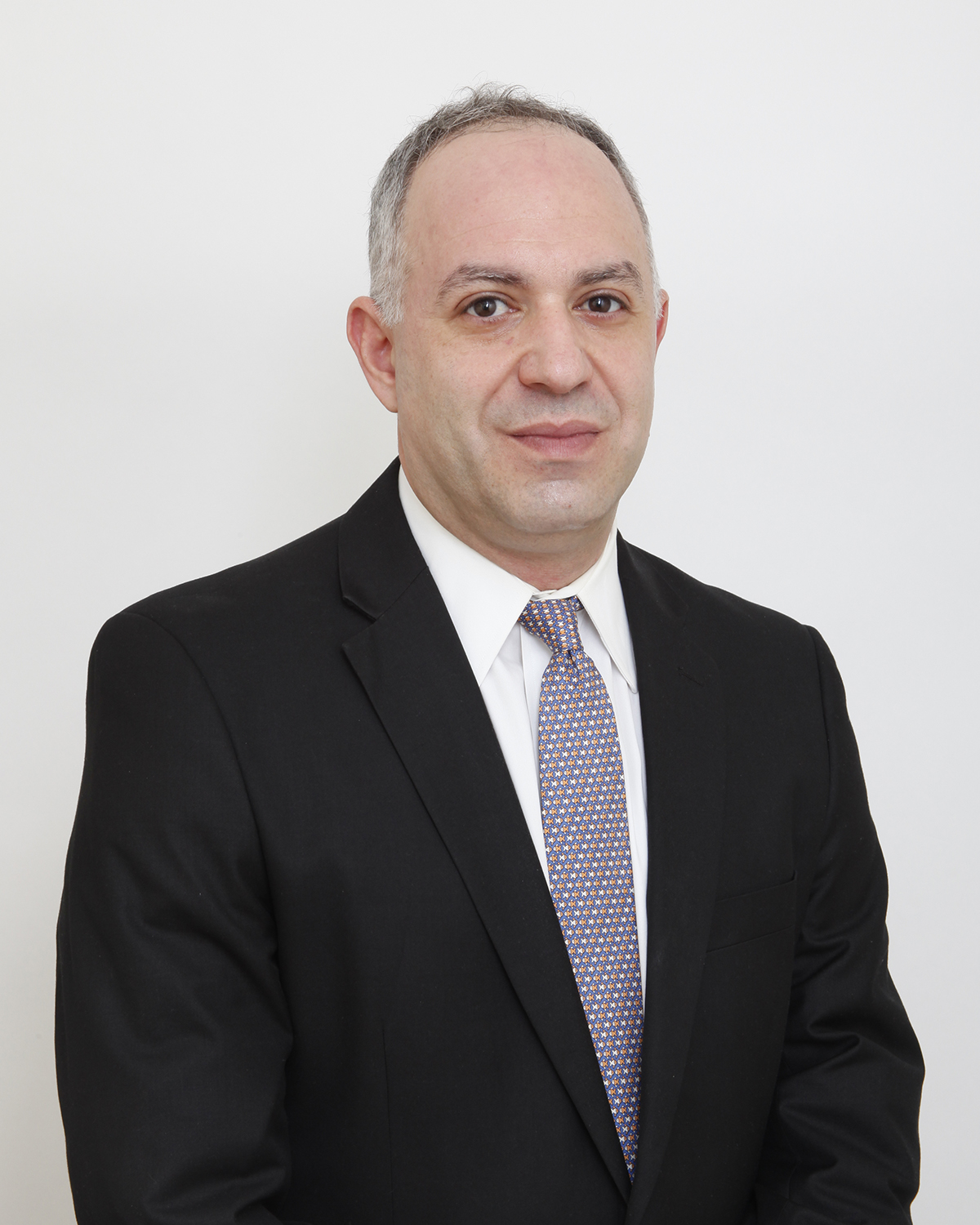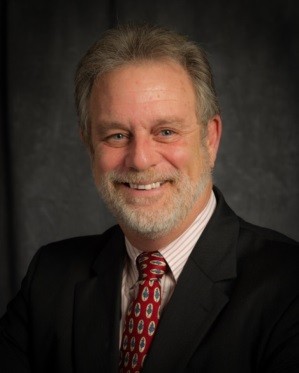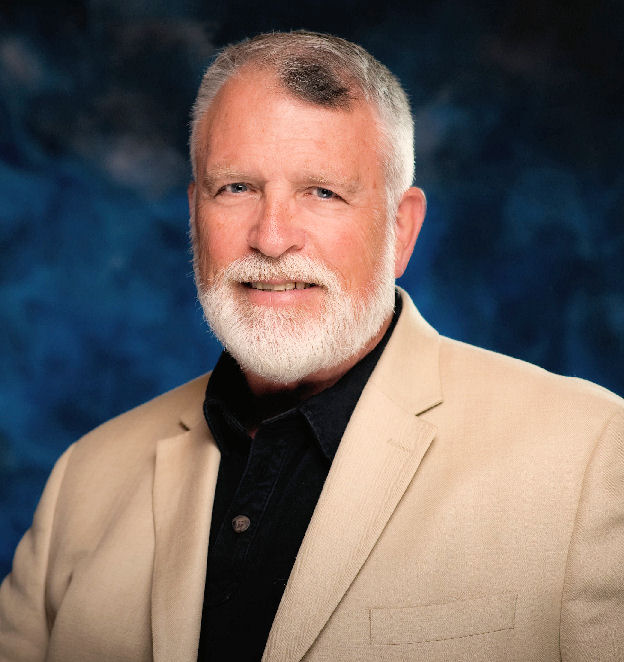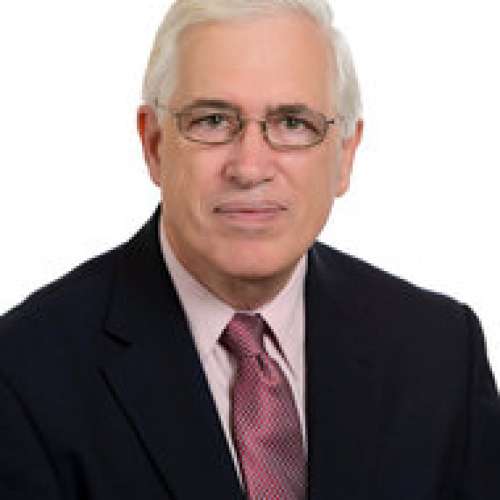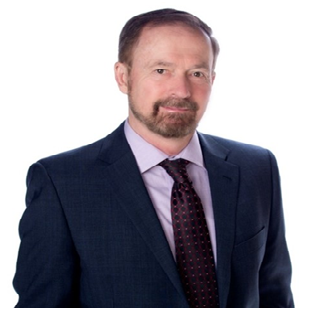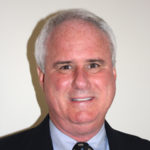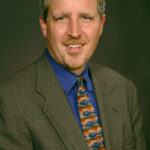Drive Continuous Improvement with Shingo Maps and ISO 9001:2015
Shingo process maps were developed originally to support kaizen events and other improvement events. They can, however, support managed continual improvement along with ISO 9001:2015's requirement (7.5) for documented information; a common role of the traditional process flowchart. The Shingo map can not only document the process, it can identify waste during the planning process (6.1 Actions to Address Risks and Opportunities) and identify waste during operations by using data from operations (9.1, Monitoring, Measuring, Analysis, and Evaluation). The Shingo map is capable of exposing all forms of waste including wasted cycle time, wasted materials and wasted energy.
- Know the role of the Shingo map in the Plan Do Check Act (PDCA) cycle as it exists in ISO 9001:2015
- Know the basics of how to create a Shingo map
- Know how to classify all operations as transformation, setup/handling, delay, inspection, and transportation. Only transformation of the product adds value for the customer. This is the value-adding "Bang!" (a literal bang when a stamping machine or punching machine is involved) that is described by Masaaki Imai
- Learn Shingo map metrics such as process cycle efficiency (PCE) and customer value time (CVT) as they relate to cycle time
- Learn basic motion efficiency principles to reduce waste motion in jobs
- Learn the basics of the chemical engineering material and energy balance, from which no waste of material (ISO 14001) or waste of energy (ISO 50001) can hide
- Role of Shingo maps in managed continual improvement and as living documents in ISO 9001's PDCA structure
- Basics of Shingo map construction
- Classification of all operations as transformation, setup/handling, delay, inspection, and transportation. This webinar separates "processing" (as original to Shingo maps and also Frank Gilbreth's activity classification) into transformation and setup/handling (as illustrated by Frederick Winslow Taylor) to prevent setup and handling from hiding in the value-adding category
- Calculation of process cycle efficiency, process cycle time, and customer value time
- Basic motion efficiency principles: no job should ever require anybody to bend over or to take more than one step in any direction. Henry Ford said that you cannot pay somebody to walk
- The material and energy balance is among the first calculations that are taught to chemical engineers. An analytical control surface is placed around a process or operation, and inputs must balance outputs in both quantity and kind. Any input that emerges as anything but saleable product is waste
Poor quality is the only one of the Toyota production system's Seven Wastes that announces its presence. The others are asymptomatic (without symptoms, and this is a good word to remember and teach the workforce), which means we have to look for them actively if we want to find them. Frank Gilbreth proved, for example, that brick laying, as practiced for thousands of years, wasted 64% of the worker's labor by requiring him to bend over to pick up each brick. Nobody had ever thought of doing it differently and, as long as the construction was of good quality, nobody thought to determine whether the job could be done better. 90 percent or even more of the cycle time that work spends in a factory can easily be non-value-adding, and inventory is directly proportional to cycle time. Shingo maps can expose asymptomatic wastes to deliver enormous productivity improvements and cost reductions.
- Manufacturing managers
- Engineers
- Technicians and planners
- Internal Auditors
- Audit Managers and Directors
- Consultants
- Corporate Quality Teams
- Quality Assurance Managers
- ISO 9001 Implementation Teams
- Quality Management System Auditors
William A. Levinson, P.E., is the principal of Levinson Productivity Systems, P.C. He is an ASQ Fellow, Certified Quality Engineer, Quality Auditor, Quality Manager, Reliability Engineer, and Six Sigma Black Belt. He is also the author of several books on quality, productivity, and management, of which the most recent is The Expanded and Annotated My Life and Work: Henry Ford’s Universal Code for World-Class Success.
Upcoming Webinars


